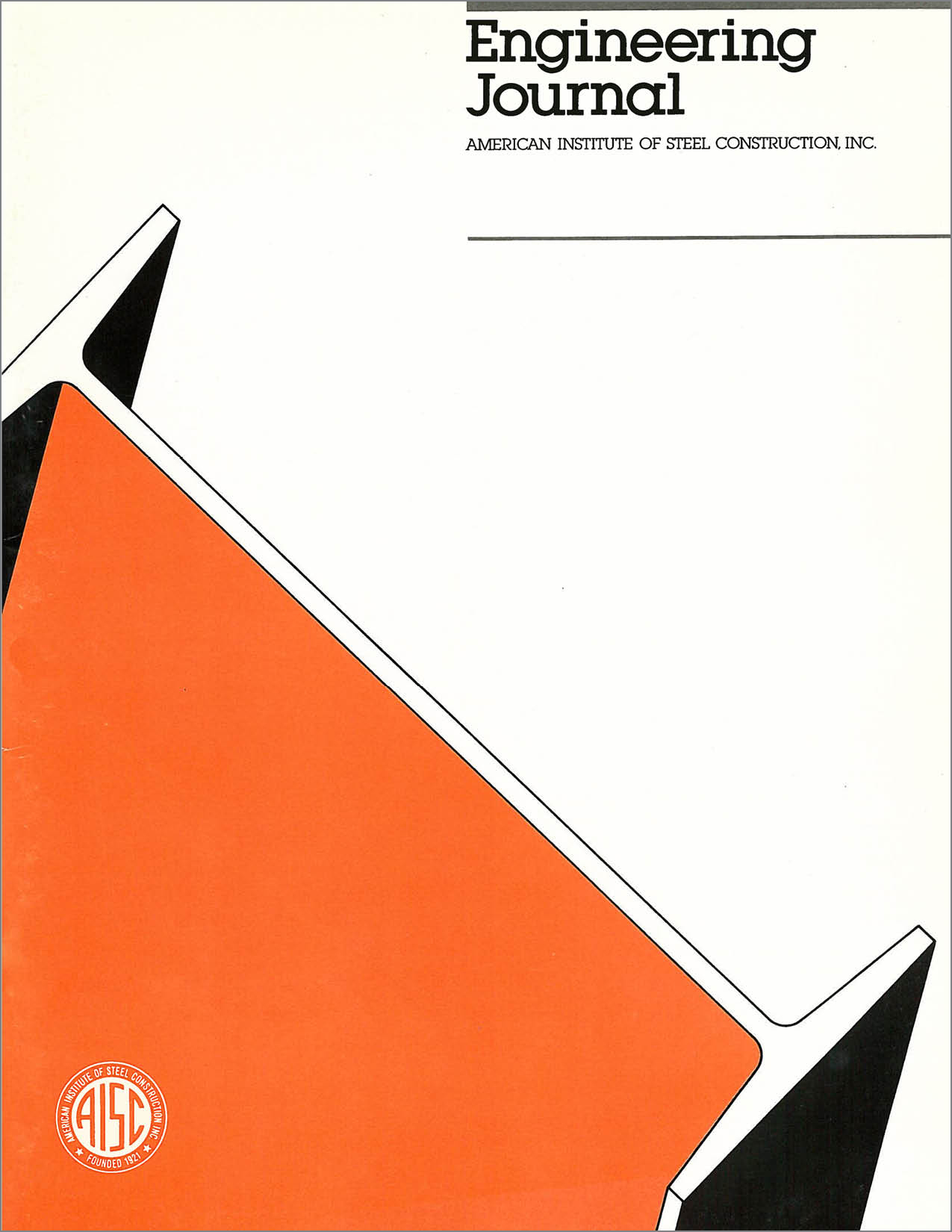Building Floor Vibrations
DOI:
https://doi.org/10.62913/engj.v28i3.1275Abstract
Annoying floor motion induced by building occupants is probably the most persistent floor serviceability problem encountered by designers. According to Allen and Rainer (1975), Tredgold in 1828 wrote that girders over long spans should be "made deep to avoid the inconvenience of not being able to move on the floor without shaking everything in the room." If the response of a floor system from normal activities is such that occupants are uneasy or annoyed, the intended use of the building can be radically affected. Correcting such situations is usually very difficult and expensive, and success has been limited. A number of procedures have been developed by researchers which allow a structural designer to analytically determine occupant acceptability of a proposed floor system. Generally, the analytical procedures require the calculation of the first natural frequency of the floor system and either maximum amplitude, velocity, or acceleration for a reference excitation. An estimate of the damping in the floor system is also required in some instances. A human perceptibility scale is then used to determine if the floor system meets serviceability requirements.The purpose of this paper is to present an overview of analytical tools and concepts for controlling annoying floor movement in residential, office, commercial, and gymnasium type environments.

